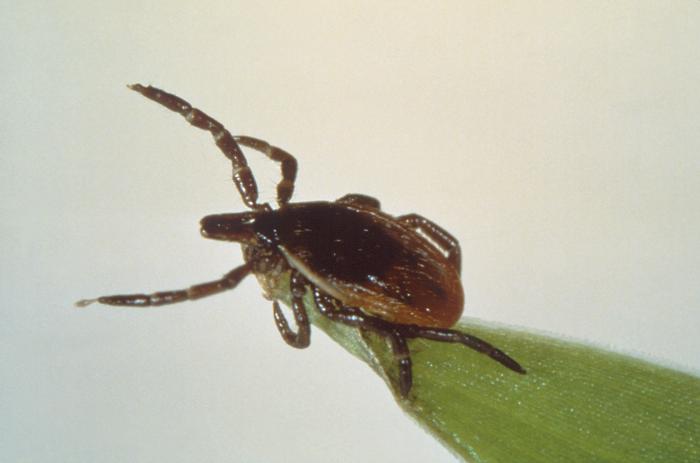While confirmed Lyme disease cases are about 30,000 annually and the Centers for Disease Control and Prevention (CDC) estimates about 300,000 cases annually, making it the most commonly reported tick-borne illness in the United States.

North of the border, Canada has been reporting higher numbers of Lyme disease year-after-year since Lyme disease became nationally notifiable in 2009.
In 2015, health officials in Canada reported 917 cases, the most on record. The previous six years, Canada averaged about 350 cases annually.
Officials report the following regions with known and suspect endemic areas for Lyme disease:
- British Columbia–Vancouver Island, Southern Mainland and the Coast of British Columbia facing Vancouver Island
- Manitoba–West side of Lake of the Woods, Pembina escarpment, including Pembina Valley Provincial Park, St. Malo regionVita/Arbakka region, including the Roseau River, Beaudry Provincial Park, Assiniboine River and areas next to the Agassiz and Sandilands provincial forests
- Ontario–Point Pelee National Park, Rondeau and Turkey Point provincial parks, Long Point peninsula, including Long Point Provincial Park and the national wildlife area, Wainfleet bog near Welland on the Niagara peninsula, Prince Edward Point and parts of Thousand Islands National Park
- Quebec–Montérégie
- New Brunswick–The Millidgeville area of Saint John and North Head on Grand Manan Island
- Nova Scotia–Halifax Regional Municipality and areas in the counties of Lunenburg, Shelburne, Yarmouth, Pictou and Queens
Related:


I’m surprised that this many cases showed up, if they were tested with the notoriously unreliable Elisa! We need a new test that is accurate, and more doctors who know what to look for. Canada is a big failure when it comes to Lyme. Not a proud Canadian when it comes to Lyme!